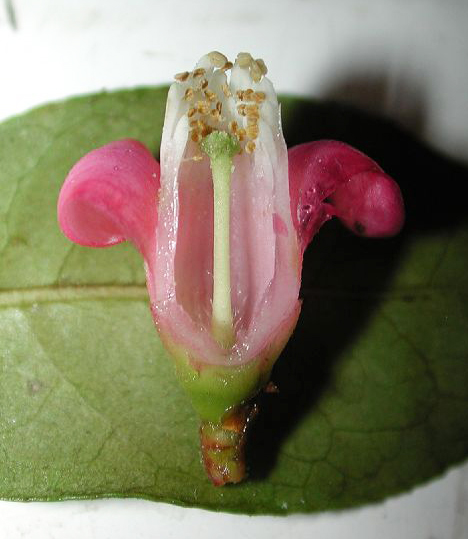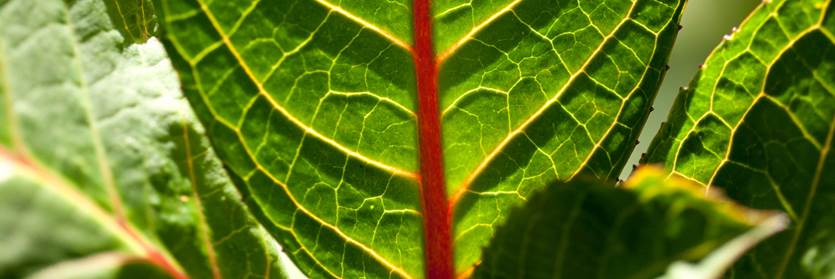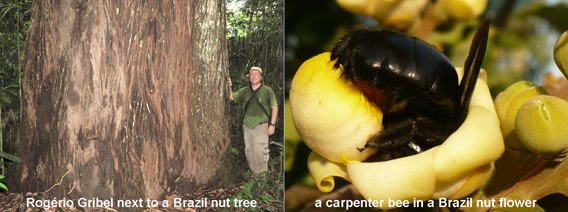Of Birds & Bees: Reproducing Symplocos
Posted in Interesting Plant Stories on February 6, 2014 by Lawrence Kelly
Lawrence M. Kelly, Ph.D., is Director of Graduate Studies at The New York Botanical Garden. One of his research interests is the sweetleaf family of plants, which includes the species explained below.

The series of events by which flowering plants reproduce themselves is amazingly complicated and precise. One of the most critical processes occurs just after pollination, when pollen grains land on or are delivered by a bee or another pollinator to the surface of the stigma, one of the female reproductive organs within the flower.
The pollen grains begin to grow, or germinate. These germinating pollen grains produce tubes that grow through the tissue of the style and into the plant’s ovary. The sperm cells within the tubes will be delivered into the ovule—the plant equivalent of an unfertilized egg—so that fertilization and sexual reproduction can occur. That leads to seeds, the basis for the next generation of a plant species.
Fluorescence microscopy, one of the research techniques available to scientists at The New York Botanical Garden, allows us to see the path of the pollen tubes as they grow through the surface of the stigma and into the style, where the ovule awaits. In this species of Symplocos—a genus of of about 250 related plant species native to Asia, Australia, and the Americas—we can see the germinating pollen grains growing from the lobes below the top of the style.

